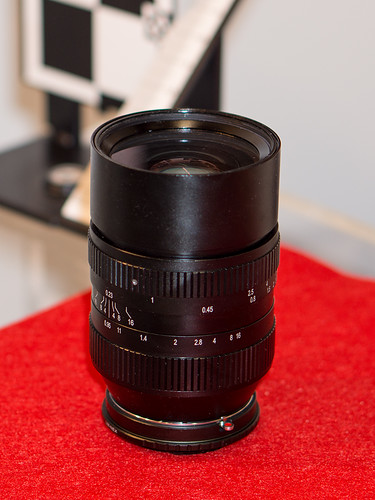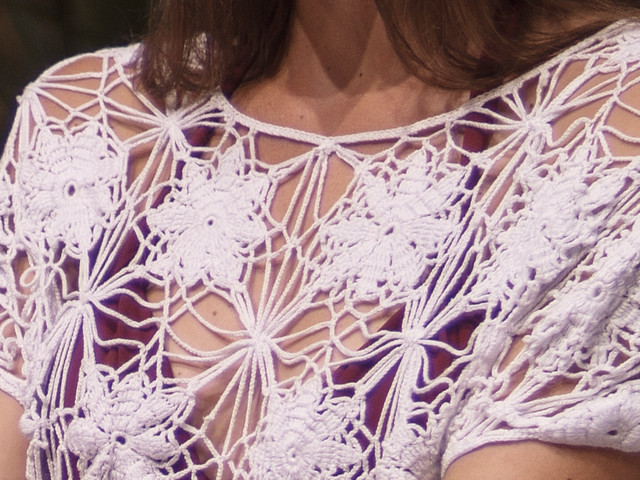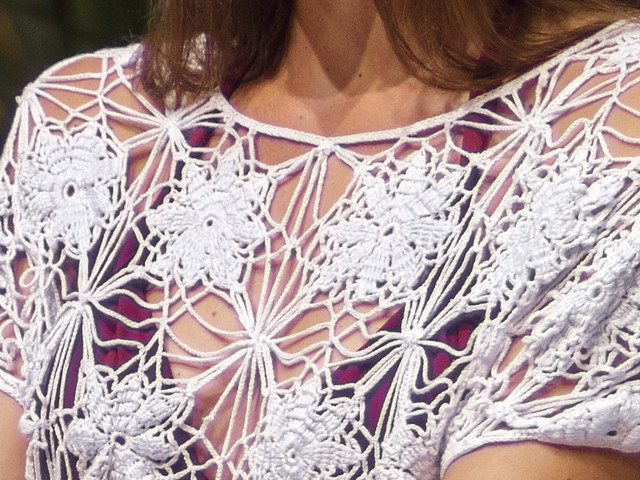UPDATE: Meanwhile I received an "almost" production version (optically final, mechanically nearly final) with a significantly better lens coating. Please find the latest review here.
You love to shoot at available light with a wide open aperture, razor sharp details and smooth & creamy bokeh? You like shooting "half" portraits at the classical viewing angle of a 50mm full frame equivalent but you prefer using a mirrorless camera with an APS-C or Micro FourThirds sized sensor? If you say 'yes' and 'yes', then SLR Magic may have a lens making you even more addicted and enthusiastic with their upcoming HyperPrime CINE 35mm T0.95. It is pushing the 35mm limit to a new level.
Before we go into detail, let me state that I am not
affiliated with SLR Magic. I am just a fan of fast & bright prime lenses and you
will see and read my pure personal impressions here. After
the launch of their spectacular HyperPrime CINE 50mm T0.95 (see my review here),
this small company located in Hong Kong decided to create another lens
with a similar design and now they presented their first two prototypes on the
"Photokina 2012" exhibition in Cologne, Germany. Andrew Chan, the product manager was so kind to give
me the chance to test-drive it a little bit on a Sony NEX-7 beside
their other new creations, the CINE 35mm T1.4 and the HyperPrime CINE
23mm T1.7. As SLR Magic is adressing filmmakers as well, these
lenses continue the tradition of a stepless aperture ring calibrated in
T-stops. Andrew explained, that beside the 35mm T0.95 using a complex 12
element design with extraordinary quality lens elements (some of them are
produced by Schott, Germany), they decided to build also a bugdet 35mm
T1.4 lens to be availably for a very reasonable price. You can see a short
review of the 35mm T1.4 and the 23mm T1.7 here as well.
So what means T0.95? The aperture is calibrated in T-stops as film makers must make sure that the light transmission keeps continous when changing lenses at the same T-stop whereas F-stops only describe the calculated ratio of focal length and how wide the lens can open. Due to vignetting and other properties of the lens design, a T-stop of 0.95 typically requires a F-stop of about 0.9 at open aperture which makes it the fastest 35mm lens currently available for APS-C sized sensors. This is possible due to an extremely large rear lens element with a diameter of about 36mm. Due to that large rear element, the lens - although manucatured with an M-mount, will not fit on a Leica M or a Ricoh GXR with M module. But using an M-mount to E-mount/X-mount/m43-mount adapter, it can be used on most APS-C and microFourThirs mirrorless cameras like Sony NEX, Fuji X, Olympus PEN, OM-D and Panasonic Lumix G. It may not fit into every M-adapter but the Novoflex M-to-NEX adapter as well as SLR Magic's M-to-NEX adapter (including a macro function) had no problem to accept that sample. The following picture shows the prototype and it's affinity to the HyperPrime CINE 50mm T0.95:
Its
build quality is very solid, so the weight of the final production
sample is expected to be at about 800 grams. The lens has a filter thread of 62 mm and an extractable
hood, it will be protected by a metal cap. Although in prototype state, the operation of the aperture and focus ring was already as smooth as expected. If you are interested in
using it on future full frame E-mount cameras like the new Sony VG900 or
a full frame NEX, please consider that it must be used in crop mode.
The VG900 detects this as a "non A(lpha)-mount" lens and automatically
switches to a crop mode. This is, how it looks like on Sony's new full
frame HandyCam (used in crop mode):
Sharpness and bokeh
As the Photokina is THE place for camera, lens and equipment manufacturers to present all their newest stuff, we decided to visit the Sony and Panasonic booths as they had some nice test setups with very pretty models. In my opinion they look even more beautiful when popping out sharply rendered from a smooth and creamy background. Shooting at available light with a shallow depth of field at the classic "half portrait" viewing angle of about 40° horiizontally, this typically required a 50mm focal length with an aperture of F1.4 on full frame 35mm film. Translated to the 1.5x crop factor of an APS-C sensor that means you would have to shoot with a lens of about 35mm focal length at an aperture of about F0.9 in order to reach the same shallow depth of field at this field of view. Till this day this was simply not possible due to the lack of such a lens. The fastest 35mm lens available so far was the Voigtlander Nokton 35mm F1.2 ASPH. Usuallly manufacturers argued, that a lens with an even faster design will not be sharp and contrasty enough at open aperture and at the same time able to deliver a smooth and creamy bokeh. With their new prototype, SLR Magic is able to proof that these contrary goals can be merged into one lens!
Let us look at some samples in order to see the sharpness and contrast still available at open aperture (T0.95 / about F0.9) :

(You may click on the image for other sizes)
And this is a 100% crop (actual pixels) from that sample:
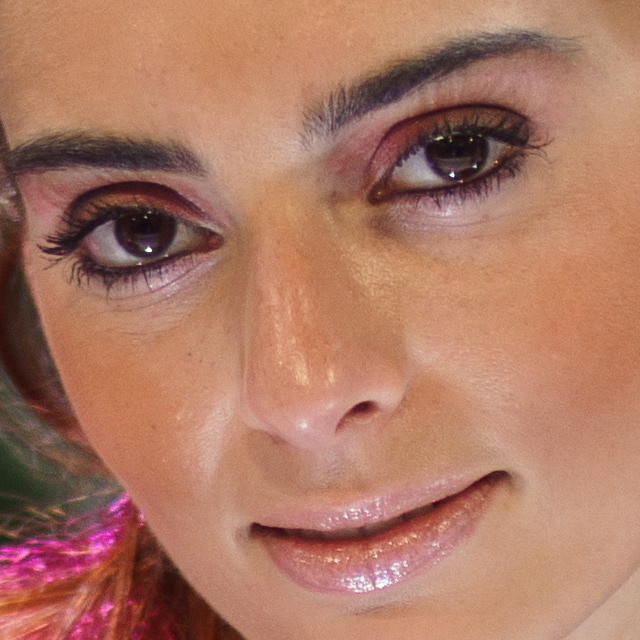
Another (uncropped) sample shot at T0.95:

(click on the image in order to open other sizes up to the original 6000x4000 image)
The 100% crop (actual pixels) from that image:

For comparison:
The following 100% crop (actual pixels) was taken with the Voigtlander Nokton 35mm F1.2 ASPH (version I) at open aperture (F1.2) from the same location:
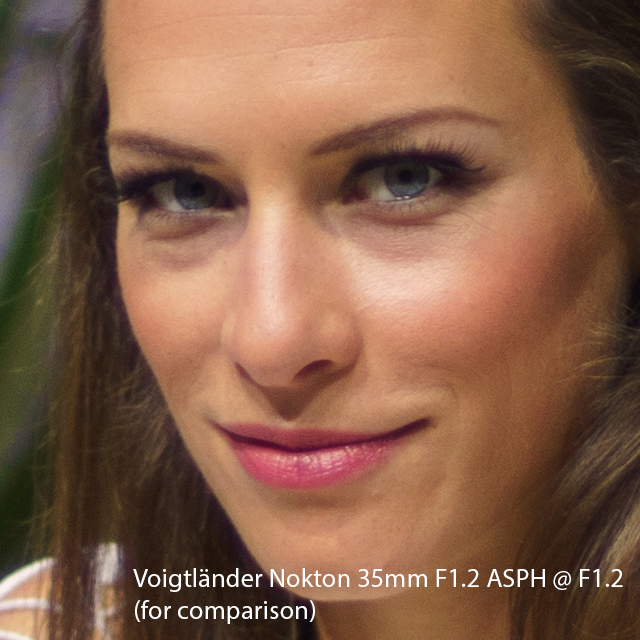
(Click on the image to see the available sizes of the uncropped version)
In my opinion the images taken with the HyperPrime CINE 35mm at T0.95 (about F0.9) show already more details and contrast than the more "glowy" image taken with the Nokton 35mm F1.2 ASPH at open aperture.
Finally another T0.95 100% crop (actual pixels) from the title image that you saw already on top of this article:

(you may click this crop in order to see the full image at all available sizes)
Although the sharpness is already stunning at open aperture, as with most lenses you'll get an extra portion of details and contrast when stopping down a little bit. The following example was shot at T1.4:
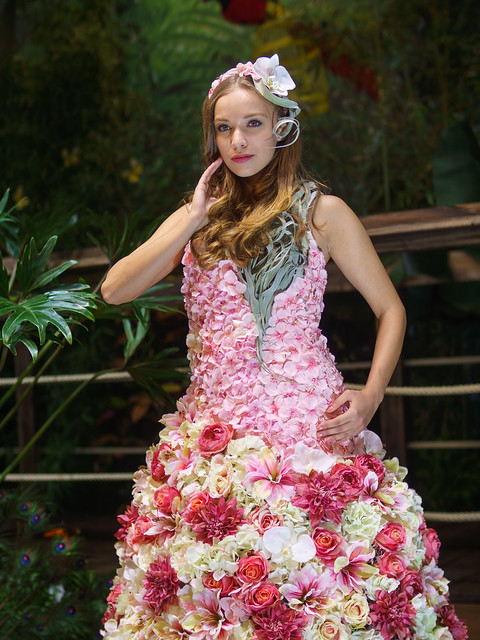
(click the image to see other available sizes)
This is a 100% crop (actual pixels) from that image:
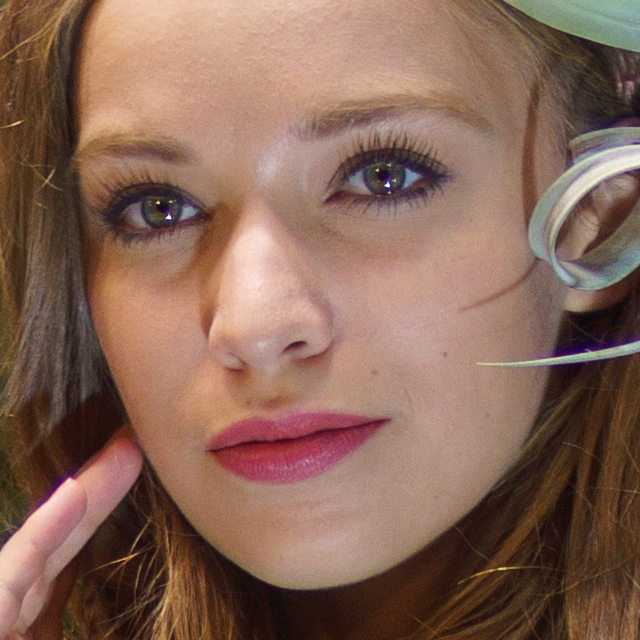
Finally this example shows how smooth the out-of-focus areas can be rendered by that lens:

(you may click on the image in order to see other avialable sizes)
Purple Fringing
UPDATE: Meanwhile I received an "almost" production version (optically final, mechanically nearly final) with a significantly better lens coating. Please find the latest review here.
As with practically all lenses allowing apertures wider than F1.4, you'll find also with this lens some purple fringing (PF) in particular situations when using it on a digitial sensor. You will find that also in the sample image of the Voigtlander Nokton 35/1.2 ASPH (if you click on the crop of the Voigtlander sample above, you'll see the whole image) or even more when using the Leica Noctilux 50/0.95 ASPH.
The following sample shows a crop without PF treatment:
The treatment of "chromatic abberrations" implemented in Lightroom or Adobe Camera RAW will help not much. But if you use the saturation and brightness adjustment especially for the purple (in German: "lila") color, it is quite easy to get it neutralized, helping also to enhance the contrast in the bright white regions:
Conclusion:
Although this is only a prototype that was assembled in a hurry two days before the Photokina started, it already shows the extraordinary potential of that design. Andrew Chan told me that this sample currently reaches about 70% of the performance of the final production copies. If you are experienced to shoot manual 50mm F1.4 lenses on full frame, this high end lens will open mirrorless cameras with sensor sizes below full frame a new range of low light photography as well as options to compose with shallow DOF (depth of field) never seen before.
If you are interested in the performance on mFT (GH2 and OM-D), you may have a look at EosHD.
According to a first announcement this lens will be priced at US$ 1249.
UPDATE: Meanwhile I received an "almost" production version (optically final, mechanically nearly final) with a significantly better lens coating. Please find the latest review here.
All images copyright by 3D-Kraft.com.





